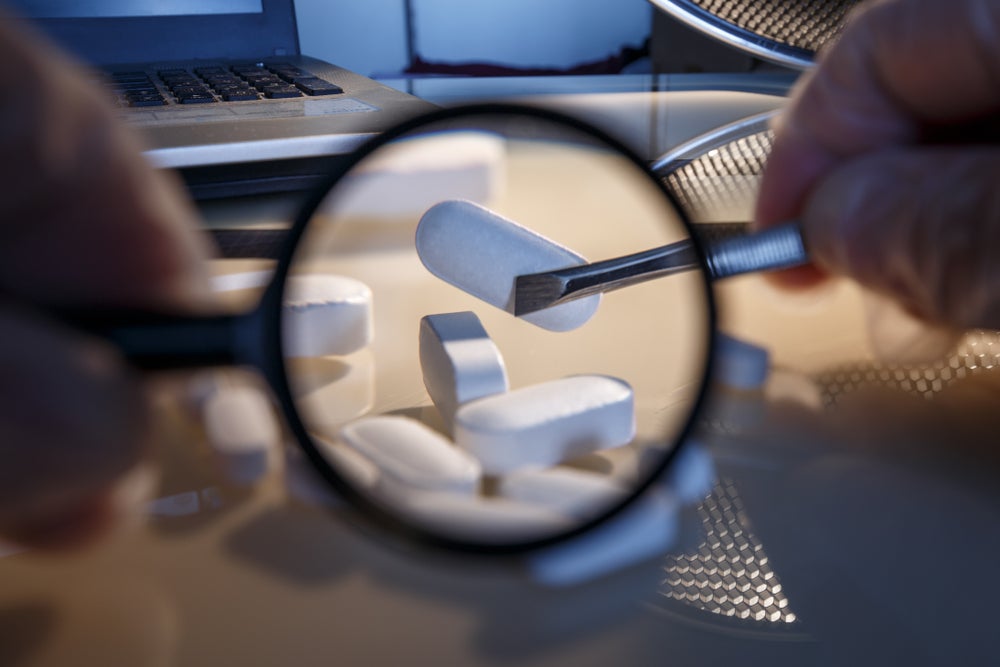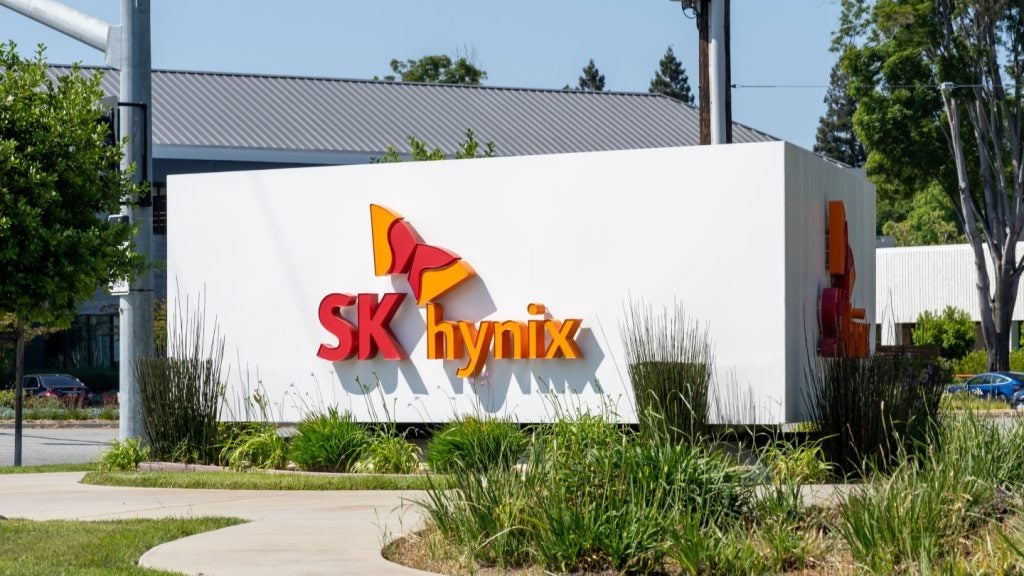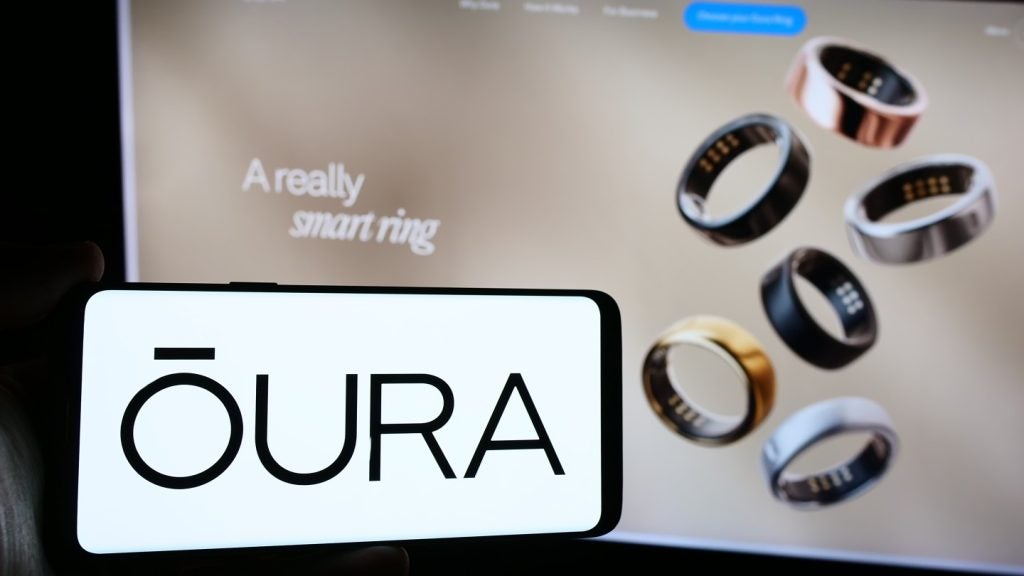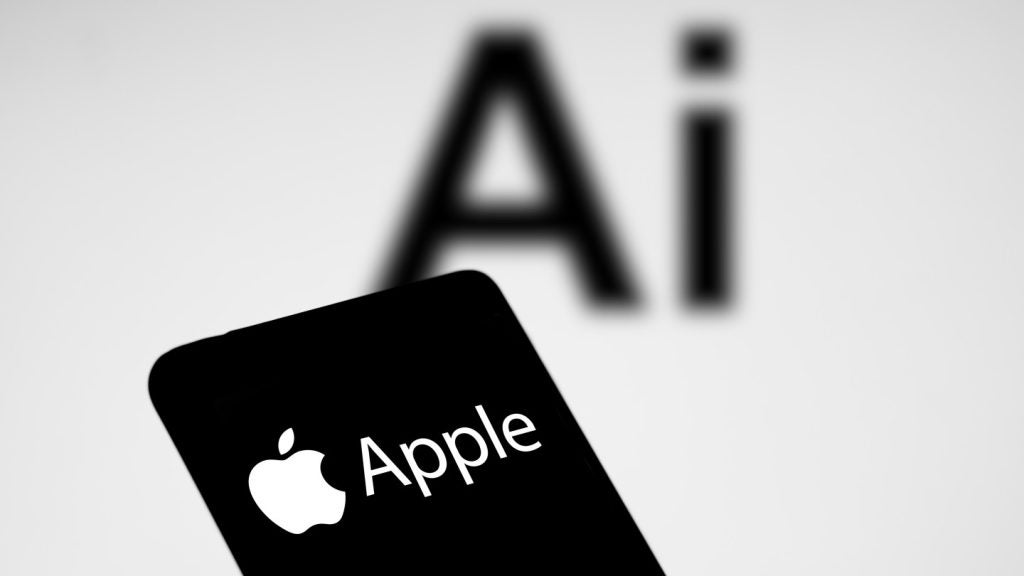
A new technique developed by engineers from the University of California could be used to detect counterfeit drugs from a video clip.
Counterfeit drugs and food are a big problem especially in the developing world. The World Health Organization says that about 10% of all medicines in low- and middle-income countries are counterfeit. This exposes consumers to potentially dangerous or ineffective medicines and food.
Identifying frauds currently requires expensive equipment and expertise. However, the newly developed technique could change that by applying tools commonly used for categorising photos and detecting different people in them to a different purpose.
Researchers found that using this algorithm could be used in a technique called “chronoprinting”, which would make it possible to distinguish authentic from adulterated drugs and food by observing how they behave after temperature changes.
This is because two substances with identical compositions should respond the same way to a disturbance, and if two substances appear identical but respond differently, their composition must be different.
The technology requires only a few relatively inexpensive pieces of equipment and free software to accurately distinguish pure from inferior food and medicines.
How well do you really know your competitors?
Access the most comprehensive Company Profiles on the market, powered by GlobalData. Save hours of research. Gain competitive edge.

Thank you!
Your download email will arrive shortly
Not ready to buy yet? Download a free sample
We are confident about the unique quality of our Company Profiles. However, we want you to make the most beneficial decision for your business, so we offer a free sample that you can download by submitting the below form
By GlobalDataTo test the technique, the researchers used samples of pure olive oil and cough syrup into a microfluidic chip and cooled them using liquid nitrogen. A USB microscope camera filmed the samples reacting to the temperature change.
They then used software to convert the video into a bitmap image to show how the samples changed over time.
By repeating the experiment with diluted samples, the researchers were able to observe that the adulterated samples produced chronoprints that were different from the pure samples, suggesting that the technique can reliably detect food and drug fraud.
The researchers used liquids in their experiments but note the method could also be used on solid materials dissolved in water, and other types of disturbance, such as heat or a centrifuge, could be used for substances that don’t react well to freezing.
Because chronoprinting requires equipment that is easy to acquire and software that is freely available, it is well within reach of government agencies and labs with limited resources, making it easier to combat the problem of counterfeit drugs.
William Grover, an assistant professor of bioengineering in UC Riverside’s Marlan and Rosemary Bourns College of Engineering believes that the results show the connection between chemistry and computer science:
“By basically converting a chemical sample to an image, we can take advantage of all the different image analysis algorithms that computer scientists have developed. And as those algorithms get better, our ability to chemically identify a sample should get better too.”







